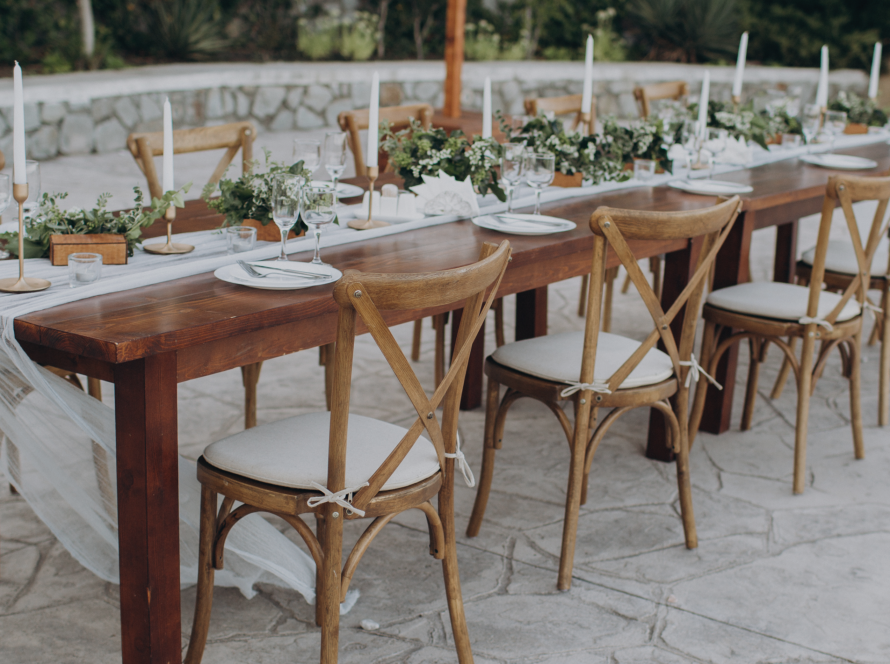A South Indian wedding is a vibrant and culturally rich celebration, deeply rooted in traditions that have been passed down through generations. Here’s a guide to understanding the journey of these timeless customs.
Pre-Wedding Rituals: The wedding journey begins with pre-wedding rituals like the Nischayathartham (engagement), where the bride and groom agree to marry each other, families exchange gifts, and bless the couple. The Mehendi ceremony involves intricate henna designs on the bride’s hands and feet, symbolizing beauty and joy.
Wedding Day Ceremonies: On the wedding day, the Kashi Yatra sees the groom symbolically embarking on a pilgrimage before being persuaded to return by the bride’s family. The Oonjal (swing) ceremony follows, where the couple is seated on a decorated swing and gently rocked while guests sing traditional songs, symbolizing support and stability in their married life.
The Kanyadaanam is a poignant moment where the bride’s father entrusts his daughter to the groom, signifying the transfer of responsibility. The central ceremony, Mangalya Dharanam, involves the groom tying the sacred mangal sutra around the bride’s neck, symbolizing their union.
Post-Wedding Traditions: Post-wedding, the couple participates in the Grihapravesam, the bride’s first entry into her new home, welcomed with rituals to bring prosperity and happiness. The Reception is a grand celebration where the newlyweds are introduced to friends and extended family, with feasting and festivities.
Significance of Attire: Traditional attire plays a significant role, with brides often wearing richly adorned silk sarees, and grooms in elegant dhotis or sherwanis, reflecting their cultural heritage.
South Indian weddings are a beautiful blend of sacred rituals, colorful ceremonies, and joyous celebrations, making them a cherished journey of traditions and love.




